Ryutaro Nakamura & Chiaki J. Konaka talk session
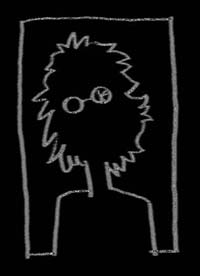 | Ryutaro Nakamura - Born on April 15, 1955. Director. He started his career in animation at Mad House as inbetweener and then key animator, notably in many famous Osamu Dezaki's classics such as Nobody's Boy Remi, Lady Oscar and the Aim for the Best movie. He made his directorial debut in 1994 with the movie Guskou Budori no Denki (The Life of Guskou Budori), based on Kenji Miyazawa's tale, but gained international attention with the TV series Serial Experiments Lain (1998), written by Chiaki J. Konaka. His main works as director include Colorful (1999), Sakura Wars TV series (2000), Kino's Journey (2003), REC (2006) and Kino's Journey: The Beautiful World - The Land of Sickness -For You- (2007). For I.G, he directed and wrote the storyboard of episode 5 in Ghost in the Shell: Stand Alone Complex (2002). Highly acclaimed as an artisan director with outstanding image sensory capability, Nakamura's distinctive pictures are extremely condensed and create a reality that lies between the truth and the fiction. |
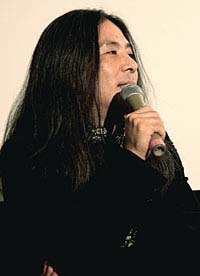 | Chiaki J. Konaka - Born in Tokyo on April 4, 1961. Scriptwriter and novelist. His most famous works include The Big O (series composition and scripwriter, 1999) , Serial Experiments Lain (series composition and scripwriter, 1998), Hellsing (series composition and scripwriter, 2001), RahXhefon (scripwriter, 2002), Texhnolyze (series composition and scripwriter, 2003), and Kino's Journey: The Beautiful World - The Land of Sickness -For You- (screenplay, 2007). Other from animation, he also wrote scripts for the SFX series Ultraman Tiga (directed by his brother Kazuya) and for Takashi Shimizu's acclaimed J-horror movie Marebito (2004), based on his own novel. A renown H.P. Lovercraft estimator, Konaka is also a bass player in the band #3b3 Orchestra. |
First of all, could you please tell us something on how you got involved into Ghost Hound?
Nakamura: It was Production I.G's line producer Toru Kawaguchi who first came to me, and then I called on Konaka-san and sound studio Rakuonsha who collaborated with me in Lain. In Ghost Hound, each character will encounter things that you would probably never be able to guess. With that in mind and the fact that I felt I was getting on in my age and wanted to portray children in my work, I decided to accept the offer. Of course, this series is not only about children, but about their parents as well.
The four children, Taro, Makoto, Masayuki and Miyako are not friends at all in the beginning, but gradually they get to know each other. This might be over exaggerating, but they experience and see how this world is made. So it's an astounding story.
Konaka: The story originally comes from Shirow Masamune. There was a proposal he'd written two decades ago and based on that proposal, he wrote an original draft version for Production I.G. But I've created the entire storyline. Shirow Masamune has his own filter - I am thinking of his best known story, Ghost in the Shell - and my challenge has been how I could make something different from that.
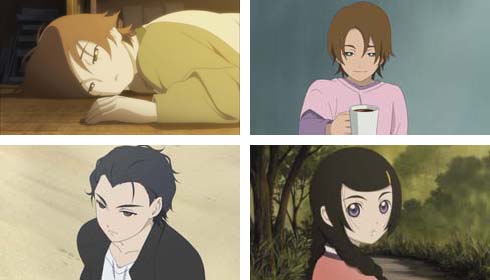
Shirow Masamune's works are represented by cyberpunk and cyber space, but the setting for Ghost Hound is a local Japanese town.
Konaka: In this series, I am going for a very realistic boys' tale rather than a fantasy. The setting is a town called Suiten in Kyushu, the southernmost of the four main islands in the Japanese archipelago. It's a fictional place, but it's modeled after the existing town of Kurume to some extent. There was an extremely brutal check on the local dialect spoken in the story. I feel very indebted to the production staff members who are going through a lot of trouble. But I think we have an anime that's totally different from the past works.
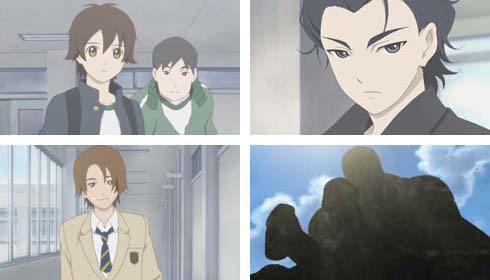
What are the highlights of this series and what are your thoughts about this project?
Nakamura: Well, it's the same every time. You will appreciate it once you have the entire series in front of you. I like to make things go off the track little by little and then converge them at the end. I hope the audience will enjoy that.
Konaka: When we first received Shirow-san's original draft, Nakamura-san and I discussed how this was going to be like. Both of us recollected how we were hooked on Twin Peaks when it came on TV. And we decided to start from the idea that a mere delusion could embrace a whole lot of things. So you won't hear me recommending this series by saying something like "the action sequences are outrageous". Instead, I'm sure you will be slowly dragged into its world little by little by watching each episode. And we can mention that it has the feel of Twin Peaks, at least to begin with. But once you watch the program, you might decide it has nothing to do with it.
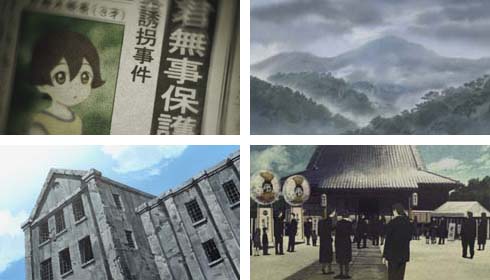
It seems like one of the focused themes is the horror in everyday life. Is this going to be tangled up with psychological portrayals?
Nakamura: Yes. In an extreme sense, one could say that human existence itself is horrifying. And there are many approaches and directions we can choose in the process of speculating about what exactly this thing we call "existence" actually is. For example, we extensively used gagaku, which is Japanese traditional court music. We've created incredibly elaborate sound tapestry that unfolds in every direction. And as for the character setting, Taro is a son of a sake brewer, Makoto is a son of a shaman and Miyako's father is a Shinto priest. These things are obviously related to the entire story.
If this story could be expressed in a color, what color do you think it is?
Nakamura: I think this series is deeply shaded by character designer Mariko Oka's "color." The offer for this job arrived on my desk just when I had started feeling attracted by her artworks. So my choice for the graphic style of the series was quite immediate.
Konaka: I must agree. This project is characterized by Mariko Oka's designs. I have seen one of the original drawings she made for a game called, Rozen Maiden Duellwalzer. It was really out of the ordinary. That was the first time I learned about Mariko Oka. Later, I was hooked on her work in Hell Girl and watched the show every week.
When we conferred about the characters, Nakamura-san's first choice was Oka-san. And thanks to line producer Kawaguchi's skillful maneuvers, she consented to join the team. I think Oka-san above all tried to create Taro as a cute boy. It even seemed like she was staking her life on it. I hope people will enjoy her work as we do.
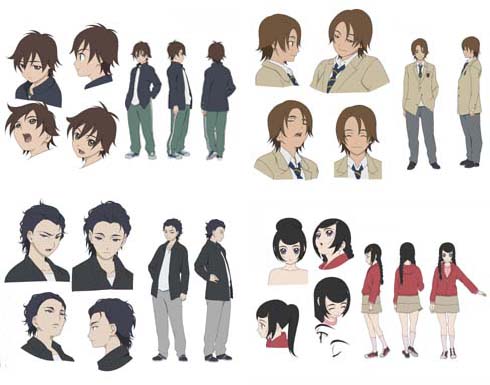
Nakamura: Other than that, the art director Ogura-san's color tones do represent the tone of the story, too. And of course I have to mention Rakuonsha which is responsible for the sound design. The guys there did a really fantastic job.
In the end, I think that the color tone of Ghost Hound could be described as a "cool feeling."
© 2007 Production I.G · Shirow Masamune / GHOST HOUND Production Committee

![WORK LIST[DETAILS]](/contents/works/design/images/left_title.gif)



 terms of use
terms of use